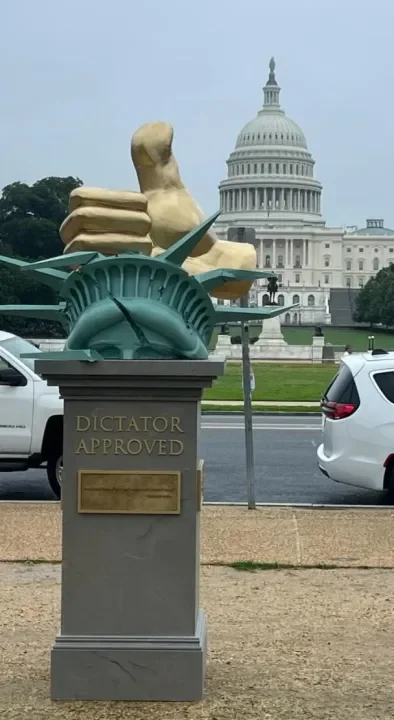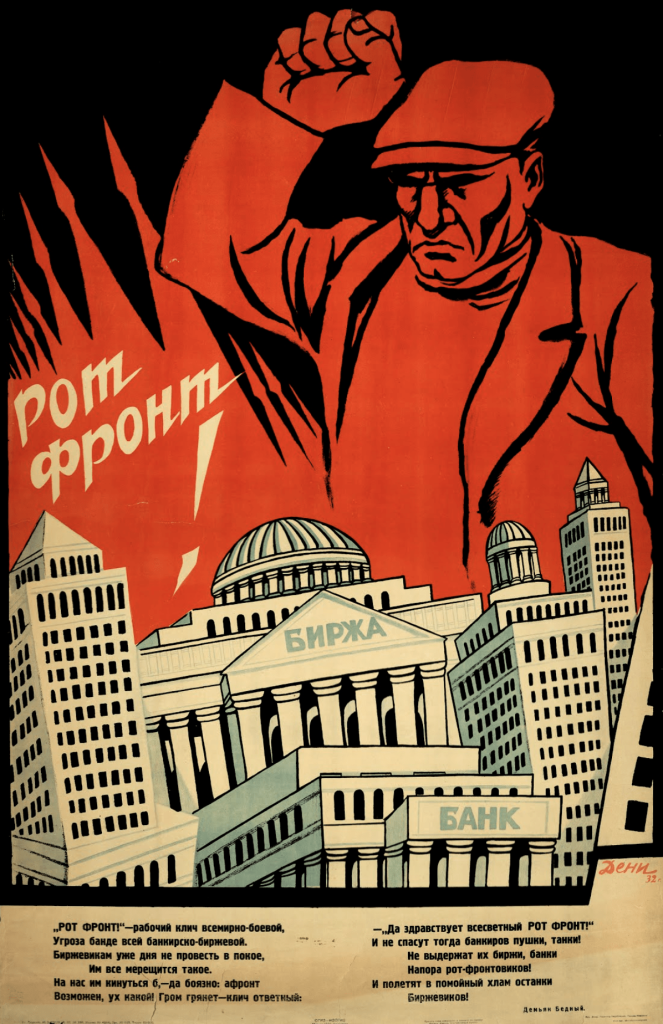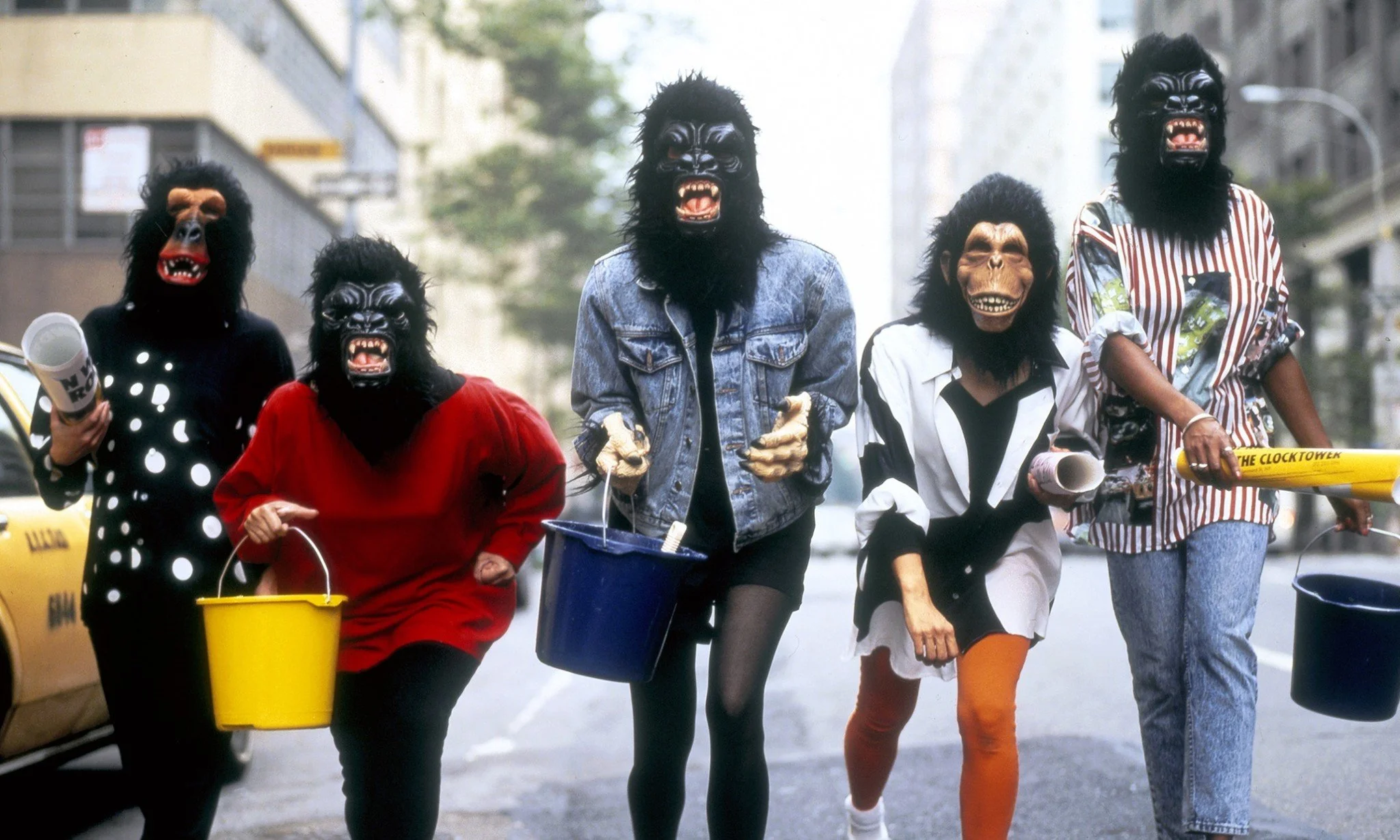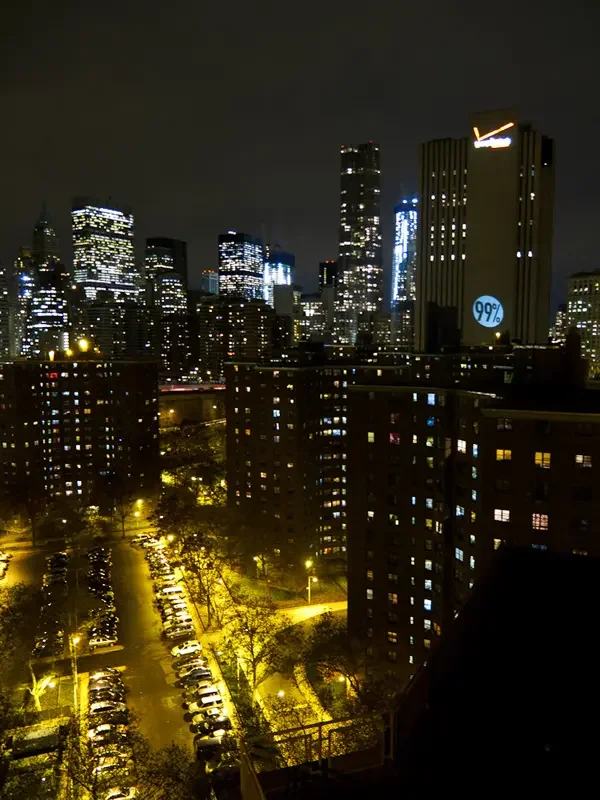The Secret Handshake: Deconstructing the Trump–Epstein “Best Friends Forever” Installation and the Hybrid Model of Covert Art Activism
On the sensitive political stage of Washington, D.C., a covert art collective known as The Secret Handshake (TSH) has emerged as one of the most provocative forces in contemporary political art. They have developed what they call a Hybrid Model of Covert Art Activism — a method that trades the traditional quest for permanence in art for maximum political utility, fusing guerrilla-style interventions, staged symbolism, and calculated narrative management.
This expanded study examines the collective’s methods through their most controversial work, Best Friends Forever — a 12-foot, faux-bronze monument of Donald Trump and Jeffrey Epstein. Far more than an object of protest, it demonstrated how a short-lived artwork could force confrontation between state authority and the artist’s political critique, and how documentation of that clash became the real enduring work.
The 12-foot installation of Best Friends Forever (2025) on the National Mall, showcasing TSH's appropriation of monumental language for political satire with the U.S. Capitol in the background.
The Capitol Confrontation: The Best Friends Forever Case Study
Before dawn on September 23, 2025, a towering, 12-foot sculpture appeared near the U.S. Capitol Building.
Rendered in a burnished bronze-like finish, it depicted Donald Trump and Jeffrey Epstein in a strangely playful pose — holding hands, caught mid-frolic.
At its base were three plaques quoting from a letter allegedly written by Trump to Epstein, the excerpts carrying a tone that was unmistakably suggestive.
The monument’s very presence near the Capitol was a calculated act of political satire.
The scale, the choice of figures, the gesture — all were designed to provoke an immediate reaction.
Within hours, images spread across news platforms and social media, sparking outrage and debate.
TSH had not merely placed an object in public space; they had forced a collision between art, politics, and authority.
The subsequent removal of the piece by U.S. Park Police — despite the collective’s valid permit — became part of the performance itself.
For TSH, the state’s intervention was not a setback but a predicted final act, proving the core of their critique: that political power fears not only protest but also public ridicule.
A detail shot of the plaques from Best Friends Forever, illustrating the hybrid of sculpture and documentary reference through integrated textual evidence and a central "Friendship Month" dedication.
The Architecture of Anonymity: Credibility Engineering
TSH describes itself as “a very small group of citizens,” numbering fewer than five members.
This insistence on minimal, even austere membership is not mere mystique — it is a strategic component of what they call Credibility Engineering.
In the age of branded activism and influencer-driven campaigns, the credibility of dissent often erodes once the audience perceives a corporate or partisan interest behind it.
By maintaining anonymity, TSH positions itself as unaffiliated and ideologically pure, making it harder for detractors to dismiss the work as propaganda.
The collective’s name, “The Secret Handshake,” underscores this ethos: it invokes the idea of hidden alliances among political elites — an accusation encoded in the very brand of the group.
Attention is thus deflected away from the artists themselves and fixed squarely on the message and its target.
TSH first signaled this methodology earlier in 2025 with a Washington, D.C. installation of a fractured Statue of Liberty bearing a placard that read “dictator approved”, accompanied by supportive quotes from authoritarian leaders.
This established their model: a blend of symbolism, sharp satire, and ephemeral installation designed to confront power structures directly.
TSH’s earlier project, “Dictator Approved” (2025), which foreshadowed the Best Friends Forever methodology by combining public monument parody (a fractured Statue of Liberty with a "thumbs up") with evidence-driven political commentary.
The Material Lie: Post-Luxury Conceptual Functional Art
TSH’s work embodies the principles of what they and allied theorists call Post-Luxury Conceptual Functional Art (PLCFA) — an approach that rejects traditional measures of artistic prestige such as material cost and permanence.
The Best Friends Forever monument looked as though it had been cast in heavy bronze and mounted on a marble plinth.
In reality, it was built from foam, resin, wood, and wire, finished with paints and coatings to simulate bronze and stone.
This aesthetic dissonance — the disjunction between what the material pretends to be and what it truly is — delivers a powerful conceptual message: Just as the sculpture’s material integrity is false, so too is the moral and political “integrity” symbolized by the figures portrayed.
The physical object is therefore a tactical vehicle, not a collectible artifact.
In PLCFA thinking, the artwork’s value lies not in the object but in the ideological confrontation it provokes and in the media documentation that remains long after the object’s removal.
The Strategic Trap: Weaponizing Bureaucracy
Perhaps the most innovative element of TSH’s Hybrid Model lies in what might be called “weaponized bureaucracy.” For Best Friends Forever, the group secured a valid National Park Service (NPS) permit allowing the monument to remain in place until September 28. Yet within 24 hours of installation, the U.S. Park Police (USPP) dismantled it, citing procedural violations.
TSH countered with the claim — supported by documentation — that the government had failed to provide the required 24-hour written notice of permit revocation, a procedural lapse that turned the state’s response into evidence of censorship and overreach.
Photographs of the damaged sculpture, including one showing Trump’s figure with its head split in half, circulated widely online. TSH presented this image as a literal demonstration of political power attempting to silence dissent by force.
When the NPS’s Deputy Director reportedly instructed subordinates to “never issue [TSH] a permit ever again,” the collective framed the statement as further proof that the state’s overreaction had completed the artwork’s narrative arc: the clash between free expression and entrenched power.
The state intervention as art: The damaged Trump figure following its unsanctioned dismantling by the U.S. Park Police, framing the action as literal suppression of dissent and underscoring the fragility of free expression.
The Funding Ghost: The Covert Patronage Conundrum
Producing a 12-foot, professionally fabricated monument in Washington, D.C. — including materials, engineering, transportation, labor, and permitting — is an expensive endeavor.
Conservative estimates place the cost of a single TSH intervention at $40,000 or more.
The collective’s commitment to financial opacity invites speculation about its patronage.
Analysts generally propose two hypotheses:
Private Patrons: a small number of wealthy, ideologically driven supporters fund TSH as a high-impact cultural intervention.
Political Adjacency: a discreetly aligned political organization or advocacy network provides backing, using the collective as an indirect means to influence public discourse outside traditional campaign-finance channels.
In either case, the combination of professional execution and public invisibility of funders is part of the collective’s mystique — and an unresolved tension within their claim to be a small group of ordinary citizens.
Historical Precedents of Covert Art Activism
The Secret Handshake’s methods are not without precedent.
Their interventions belong to a century-long tradition of artists and activists who have used ephemeral, unauthorized, or confrontational practices to challenge political and cultural authority.
By situating TSH within this lineage, we can better understand what is genuinely new in their Hybrid Model — and what they inherit from earlier movements.
Dada and Early 20th-Century Agit-Prop
A prime example of early 20th-century Agit-prop (Agitational Propaganda), reflecting the use of bold visual spectacle and immediate political utility that parallels the anti-establishment ethos and material mockery later embraced by the Dadaists, and ultimately, by TSH.
The Dada movement emerged during the trauma of World War I and used nonsense, absurdity, and provocation as weapons against the rationalist ideologies that had fueled the conflict. Rather than producing enduring monuments, Dadaists staged performances, created ephemeral collages, and distributed leaflets designed to mock authority and undermine established narratives.
Their irreverence challenged both political leaders and the art world’s own pretensions, showing that the idea and the moment of confrontation could be more powerful than the physical artifact. In the 1920s and 1930s, various forms of agit-prop theater and street performance built on these tactics, using direct action to dramatize injustices and energize protest movements. TSH’s insistence on spectacle and transience — as seen in Best Friends Forever — is thus deeply rooted in the Dadaist legacy of art as an intervention, not a possession.
Guerrilla Girls and the Politics of Anonymous Critique
The Guerrilla Girls (1980s–present) demonstrating the power of concealed identities to maintain focus on the issue—art world sexism and racism—rather than the artist, a key precedent for TSH's strategic anonymity.
In the mid-1980s, the feminist collective known as the Guerrilla Girls pioneered a model of anonymous, data-driven public critique.
Wearing gorilla masks to conceal their identities, they wheat-pasted posters across New York City highlighting the exclusion of women and non-white artists from major museums and galleries.
By remaining faceless, they kept the focus on the systemic issues rather than on individual personalities, and they used accessible graphic language to reach audiences outside elite art spaces.
The Guerrilla Girls demonstrated that concealing the author can increase the credibility of the message, a lesson that TSH has absorbed and re-applied in the context of 21st-century political dissent.
Their approach also emphasized statistical evidence and biting humor, tools that TSH echoes through its satirical plaques and staged juxtapositions.
Banksy and the Power of Surprise Placement
Banksy’s unsanctioned street work, like this stencil depicting a destructive attack on a person holding a book, demonstrates the ongoing potency of clandestine authorship and viral documentation, a key contemporary precedent for TSH's methods of spectacle and confrontation.
The British street artist Banksy brought global attention to the tactic of uninvited, overnight installation — paintings on city walls, unannounced works in museums, and even staged “sales” of his own originals in street markets.
Banksy’s strategy relies on the element of discovery: a work appears without permission, is photographed and shared by passers-by, and rapidly enters the news cycle.
The removal or destruction of the piece often becomes part of its myth, reinforcing the message that art in the public sphere is at constant risk from authority, the market, or both.
TSH shares this understanding but diverges in a critical way: instead of relying solely on guerrilla placement, they often secure permits — not to comply, but to set a legal stage for the state’s likely overreaction.
This move turns the bureaucracy itself into a co-author of the artwork’s narrative arc.
The Occupy-Era “Bat-Signal” Projections
The Occupy movement's digital interventions, such as this covert "99%" projection onto a corporate skyscraper in a major city, exemplify the connection between TSH's work and meme-based protest culture and online activism.
TSH’s Distinctive Synthesis
By drawing on these traditions, The Secret Handshake inherits the spirit of ephemeral defiance.
Yet what sets them apart is the strategic fusion of seemingly contradictory elements:
the scale and physical presence of a monumental sculpture, the temporary and deceptive materials of a guerrilla intervention, the partial legal authorization of a permitted installation, and the calculated provocation of bureaucratic backlash.
Where earlier movements often sought to evade state notice, TSH designs its interventions so that state interference becomes the final chapter of the artwork itself, turning public agencies into unwitting collaborators in the collective’s critique.
The Media Ecosystem and Narrative Control
The Hybrid Model recognizes that in the 21st-century attention economy, documentation often outlives the artwork itself.
TSH designs interventions as media events, ensuring that images — from the installation’s unveiling to its forcible removal — can be captured, shared, and reframed.
The collective’s use of social platforms, leaks to journalists, and carefully timed releases shifts the battleground of meaning from the physical site to the online arena, where hashtags, reposts, and commentary continue the debate long after the sculpture is gone.
By anticipating state response, TSH shapes the narrative arc:
Appearance of the monument (shock and debate)
Bureaucratic reaction (removal and censorship)
Circulation of removal images (visual proof of suppression)
Enduring online archive (the real, lasting artwork)
Ethical Fault Lines: Art, Activism, and Manipulation
The Secret Handshake’s approach raises pressing ethical questions:
Instrumentalization of Art: Does using art as a tactical weapon against political figures reduce it to propaganda, or does it renew art’s civic role?
Anonymity vs. Accountability: Does the shield of anonymity protect dissent or obscure potential manipulation by hidden backers?
Ephemerality vs. Public Memory: If the physical artwork is meant to be short-lived, can the media echo truly serve as its substitute without distorting the original intent?
These debates highlight the tension between artistic freedom and democratic transparency, a tension at the heart of 21st-century political art practice.
Toward a New Political Utility of Art
The success of The Secret Handshake lies not in the number of people who stood before Best Friends Forever in person, but in the documented, unavoidable political response it provoked.
By merging symbolic design, strategic anonymity, aesthetic deception, and bureaucratic entrapment, TSH has redefined how art can function in the political realm.
Their Hybrid Model of Covert Art Activism shows that, in the digital age, the true permanence of an artwork may lie in the narrative it sets in motion rather than the durability of its materials.
In doing so, the collective forces us to reconsider the meaning of integrity in both politics and art — whether it resides in the bronze-like surface of a monument, in the truth of its message, or in the reactions it compels from power itself.








